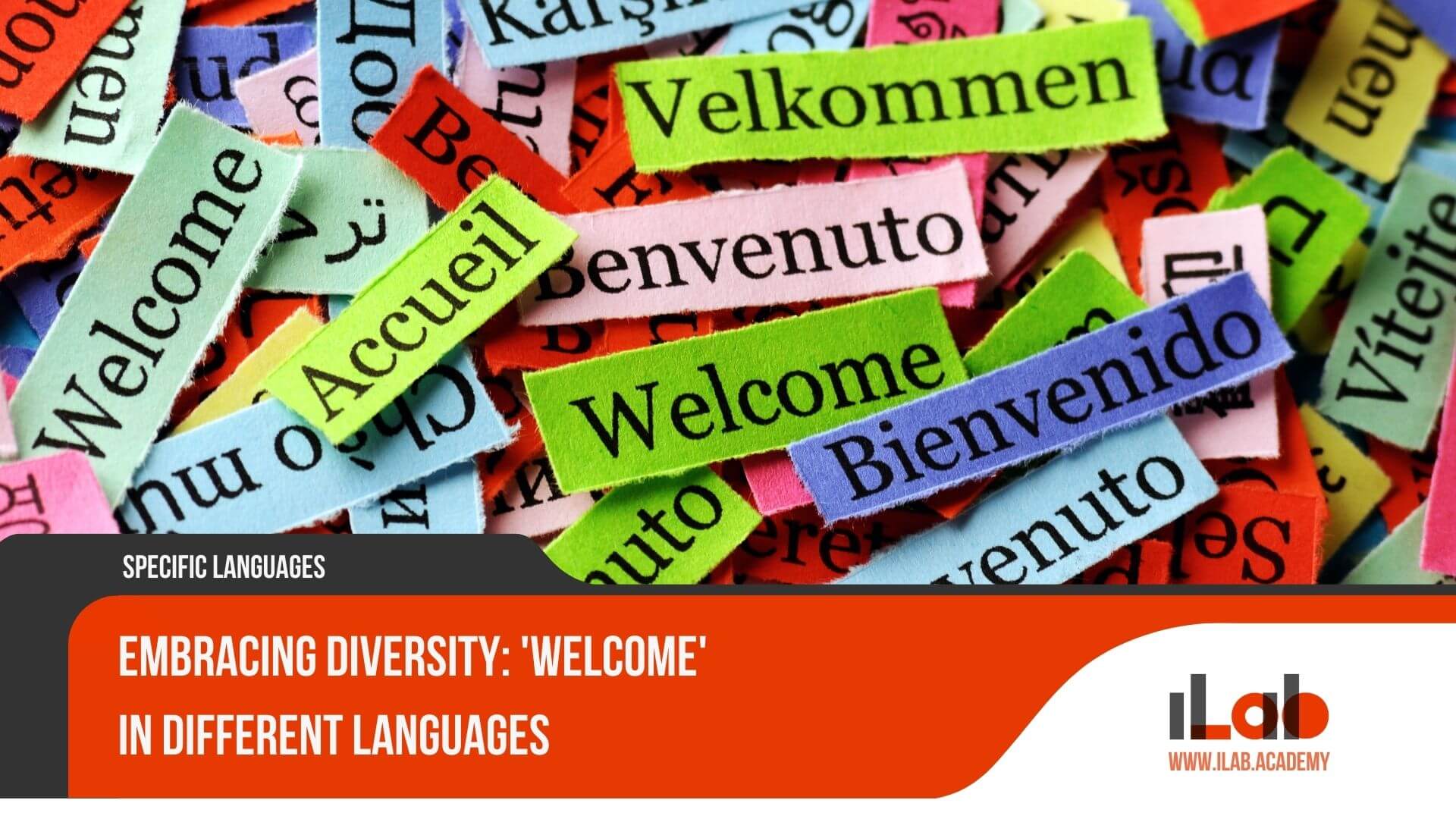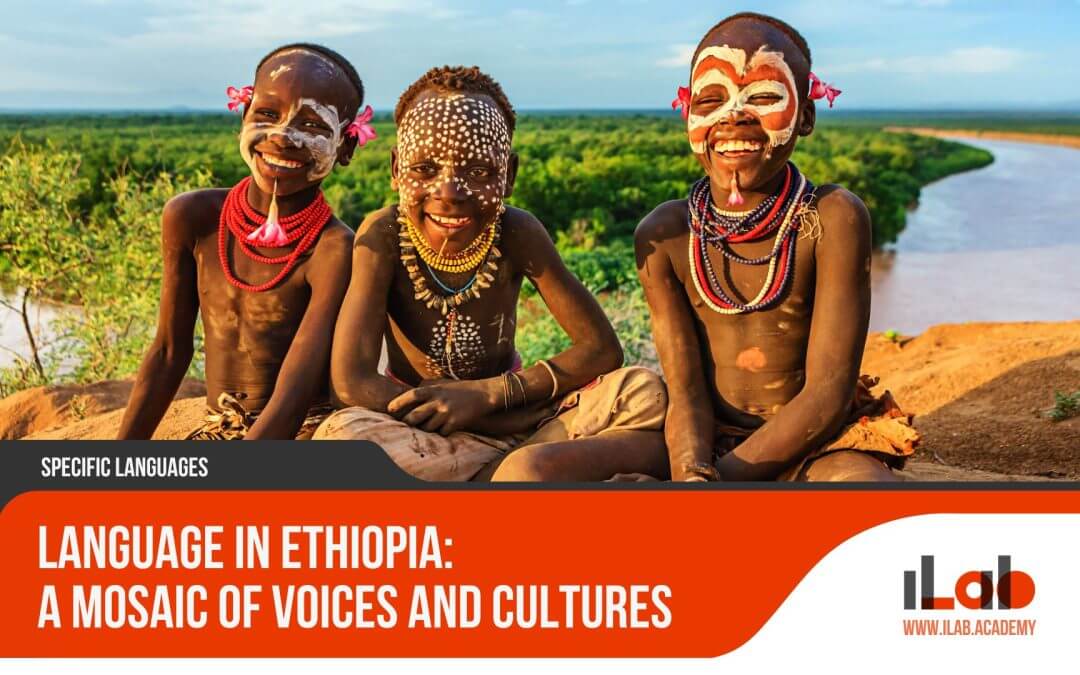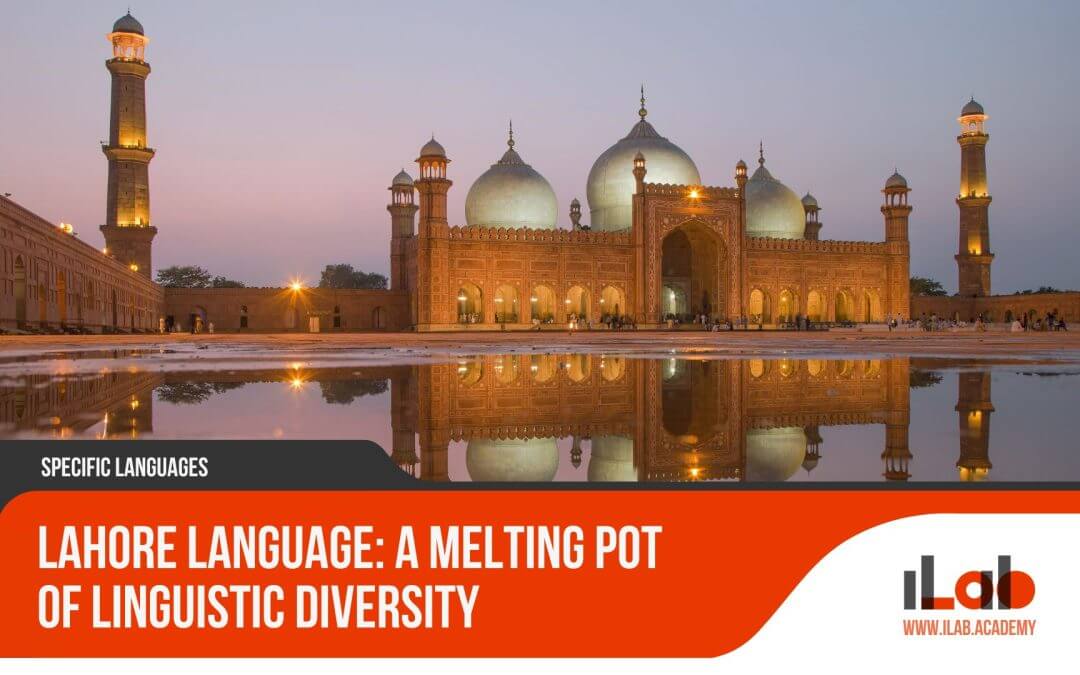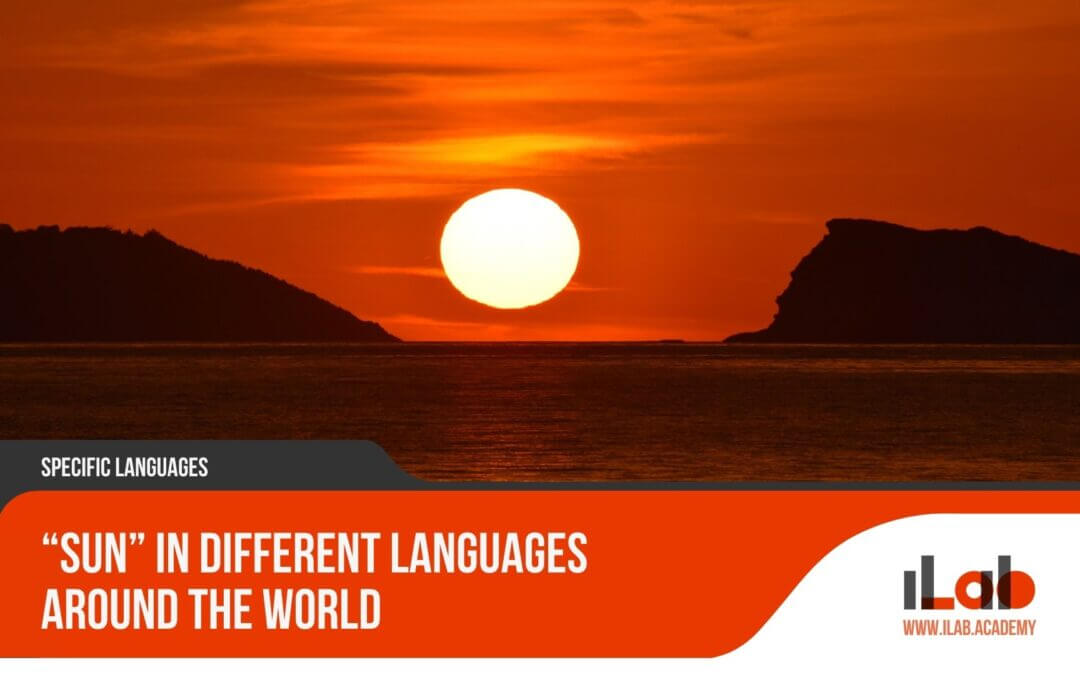Table of contents
In our increasingly interconnected world, the simple act of extending a ‘welcome’ transcends linguistic boundaries, embodying a tapestry of cultural ethos and traditions. This gesture of hospitality, varying in expression from one language to another, serves not only as a universal sign of acceptance but also as a mirror reflecting the rich diversity of global societies. As we embark on a journey to explore the multifaceted expressions of ‘welcome’ across different languages, we uncover the subtle nuances and profound meanings embedded within these greetings. This exploration promises to enhance our understanding of cultural diversity, inviting us to appreciate the intricate ways in which societies around the world convey warmth and hospitality.
Key Takeaways
- The word ‘welcome’ bridges cultural divides, showcasing global unity through language.
- Diverse expressions of ‘welcome’ reflect the rich tapestry of human culture and linguistic synthesis.
- ‘Welcome’ signifies a universal gesture of warmth and inclusivity across different societies.
- The evolving nature of greetings, including ‘welcome’, highlights the importance of embracing global diversity and fostering connections.
The Universal Gesture of Welcome
Across cultures, the gesture of welcoming someone is a universal symbol of hospitality and a foundational element of social interaction. This gesture, transcending linguistic and geographical barriers, signifies the openness and warmth of a community or individual towards newcomers. The act of welcoming is deeply rooted in human history, serving as a bridge between the known and the unknown, the familiar and the stranger. It embodies the basic human need for connection and belonging, making it an essential aspect of social etiquette and community building worldwide.
The concept of ‘welcome’ goes beyond mere greetings; it is an expression of goodwill, respect, and openness to engaging in meaningful interactions. Whether it is a simple nod, a warm smile, a handshake, or a verbal acknowledgment, the act of welcoming someone sets the tone for the ensuing relationship. It is the first step in establishing trust and understanding, crucial components in fostering strong, cohesive communities.
In many societies, hospitality is considered a virtue, and the act of welcoming, a moral obligation. This reflects the universal importance placed on treating others with kindness and consideration, regardless of their background or the purpose of their visit. The essence of welcoming lies in its ability to transcend cultural differences, creating a common ground where mutual respect and appreciation can flourish.
Understanding the significance of welcoming in various cultures is essential for anyone looking to foster positive interactions in a globalized world. It encourages empathy, promotes inclusivity, and enhances our capacity to embrace diversity. As the world grows closer, recognizing and appreciating the universal gesture of welcome becomes increasingly important in building harmonious global communities.
‘Welcome’ in Romance Languages: Warm Mediterranean Greetings
Exploring the word ‘welcome’ within Romance languages uncovers a rich tapestry of shared cultural and linguistic heritage, manifesting in warm Mediterranean greetings that embody their tradition of hospitality. The Romance languages, all of which stem from Latin, offer a fascinating glimpse into how linguistic nuances reflect and shape cultural practices, especially in the context of welcoming others.
- Spanish: The word “bienvenido” is used to warmly welcome someone in Spanish-speaking countries. This greeting is imbued with the warmth and openness characteristic of Spanish culture.
- French: In French, “bienvenue” conveys a sense of warmth and acceptance, reflecting the French emphasis on politeness and the importance of making guests feel at home.
- Italian: “Benvenuto” in Italian carries with it the country’s rich history of art, food, and community, inviting individuals into a world of cultural richness and warmth.
- Portuguese: The Portuguese “bem-vindo” echoes the welcoming spirit of Portugal and Brazil, countries known for their festive traditions and generous hospitality.
- Romanian: “Bine ați venit” is the Romanian way to welcome someone, showcasing the unique blend of Eastern European and Latin influences that characterize Romanian culture.
These expressions of welcome, while varying slightly in form, all convey a deep-seated tradition of hospitality that is central to the cultural identity of Romance language-speaking countries. They reflect a common linguistic heritage that shapes their approach to welcoming others, demonstrating the powerful role language plays in fostering connections and understanding among people.
Germanic Languages: The Many Shades of ‘Willkommen’
Delving into the Germanic languages reveals a fascinating spectrum of expressions for ‘welcome,’ each with its unique cultural and linguistic heritage. This exploration not only enriches our understanding of how different societies express hospitality but also highlights the shared roots and divergent paths within the Germanic language family. In German, ‘willkommen’ serves as the standard greeting, embodying a warm reception. This term, deeply rooted in the language’s history, showcases the blend of ‘will’ (desire) and ‘kommen’ (to come), reflecting a desire for the guest’s arrival.
Moving northward, the Dutch language offers ‘welkom,’ a close cousin to its German counterpart. Both terms share a common ancestry, tracing back to the old Germanic languages, yet each has evolved to fit its cultural context. ‘Welkom’ in Dutch, much like ‘willkommen’ in German, conveys a sense of warmth and acceptance, integral to Dutch hospitality.
Scandinavian languages, including Swedish and Norwegian, present their versions of welcome: ‘välkommen’ and ‘velkommen,’ respectively. Despite the slight spelling differences, these words share the same essence of welcoming someone with open arms. The prefix ‘väl’ in Swedish and ‘vel’ in Norwegian, similar to ‘well’ in English, adds a layer of well-wishing to the greeting, enhancing the sense of genuine hospitality.
These variations within the Germanic languages underline the diversity yet interconnectedness of cultural expressions of welcome. By examining ‘welcome’ in German, Dutch, Swedish, and Norwegian, we gain insights into the rich linguistic and cultural tapestry that defines the Germanic world, showcasing the universal human value of hospitality through the lens of language.
Welcoming Words in Slavic Languages
The rich tapestry of Slavic languages offers a unique window into the traditions of hospitality, with each language presenting its own distinctive expression of ‘welcome’. This variety not only highlights the cultural diversity within the Slavic family but also underscores the universal value of making others feel embraced and valued. As we delve into the welcoming words of Slavic languages, it becomes clear that each term carries more than a mere greeting; they convey deep-rooted cultural customs and the spirit of hospitality that is characteristic of Slavic peoples.
- Russian: “Добро пожаловать” (Dobro pozhalovat’) – This expression, literally translating to “good you came,” beautifully encapsulates the Russian tradition of warmly receiving guests, reflecting a blend of formality and heartfelt welcome.
- Polish: “Witaj” or “Witamy” – Used both in singular and plural forms, these words stem from a root meaning to find or to see, suggesting happiness at the arrival of a guest or visitors.
- Czech: “Vítejte” – This term, used for greeting multiple guests, conveys a collective embrace and is indicative of the Czech people’s inclusive approach to hospitality.
- Bulgarian: “Добре дошли” (Dobre doshli) – Literally meaning “good you arrived,” this phrase mirrors the Bulgarian ethos of celebrating the arrival of guests with open arms and a generous spirit.
- Serbian: “Добродошли” (Dobrodošli) – This welcoming word, similar in essence to its Bulgarian counterpart, underscores a sincere and joyous reception of visitors, embodying the Serbian culture’s emphasis on community and fellowship.
Through these expressions, it’s evident that Slavic languages richly contribute to the global lexicon of hospitality, each variation of ‘welcome’ offering insight into the values that bind these diverse cultures together.
Greetings of Hospitality in Asian Languages
Asia’s linguistic landscape offers a diverse array of greetings that embody the spirit of hospitality, ranging from Mandarin and Hindi to Japanese and Korean. This richness in linguistic variety not only highlights the cultural diversity of the continent but also how the concept of welcoming is universally valued, albeit expressed in myriad ways. The word ‘welcome’ in these languages carries with it an intrinsic value of respect, warmth, and kindness towards guests, showing the importance of hospitality in these cultures.
In Mandarin, the greeting ‘欢迎’ (huānyíng) is commonly used to welcome guests, encapsulating a sense of joy and pleasure at their arrival. Similarly, Hindi uses ‘स्वागत है’ (svāgat hai) to express a warm reception. Both phrases reflect the cultures’ deep-seated values of treating guests with high regard and generosity.
Moving eastward, the Japanese phrase ‘ようこそ’ (yōkoso) shares a similar sentiment, often used in both formal and informal contexts to greet visitors warmly. Korean, on the other hand, employs ‘환영합니다’ (hwanyeonghamnida) as a formal expression of welcome, demonstrating respect and a hospitable attitude towards the newcomer.
These greetings, while distinct in phonetics and script, share a common thread of extending warmth and hospitality to all. They illustrate how language acts as a bridge, connecting people through the universal act of welcoming. Understanding these expressions not only enriches one’s appreciation of the linguistic diversity in Asia but also the cultural significance behind the simple act of saying ‘welcome’.
The Warmth of ‘Welcome’ in Middle Eastern Languages
Moving from the rich tapestry of Asian languages, we now explore how Middle Eastern languages, including Arabic, Hebrew, Persian, and Turkish, convey the essence of hospitality through their unique expressions of ‘welcome. These languages, deeply intertwined with their respective cultures, offer a window into the values of hospitality and warmth that are central to Middle Eastern societies. The greeting of a guest is not just a formality but an important cultural ritual that signifies respect, warmth, and acceptance.
- Arabic: In the Arabic language, “Ahlan wa sahlan” is a common expression for ‘welcome’. It translates to “You are like family, and may you find ease here,” highlighting the deep sense of belonging and ease offered to guests.
- Hebrew: Hebrew speakers often use “Baruch Haba” to welcome someone, which means “Blessed is the one who comes.” This phrase not only welcomes guests but also bestows a blessing upon them, reflecting the spiritual depth of hospitality.
- Persian: The Persian language greets guests with “Khosh amadid,” which directly translates to “You are welcome.” It’s a simple yet profound acknowledgment of the guest’s presence.
- Turkish: In Turkish, “Hoş geldiniz” is the equivalent of ‘welcome’, literally meaning “It is nice you came.” It emphasizes the pleasure of the host at the arrival of their guests.
- Kurdish: “Bi xêr hatî” is used in Kurdish for welcoming someone, which translates to “You have come well.” It’s an expression of the happiness and positive reception of the guest.
Through these varied expressions, Middle Eastern languages encapsulate the universal human value of hospitality, each adding its own cultural nuance to the simple yet profound act of welcoming someone.
African Languages: Varied Voices of Reception
Africa, with its vast array of cultures and languages, offers a rich palette of expressions for ‘welcome’, each reflecting the unique hospitality traditions of its people. This continent, teeming with linguistic diversity, illustrates the various ways in which communities articulate the act of welcoming, providing a fascinating insight into the cultural fabric that binds them.
In Swahili, a widely spoken language across East Africa, the word ‘Karibu’ signifies welcome. It is not just a greeting but an invitation into the warmth and generosity that characterizes East African communities. Further south, in the Zulu language, ‘Ngiyakwemukela’ serves a similar purpose, embodying the spirit of Ubuntu, which emphasizes communal unity and hospitality.
Moving to the Horn of Africa, Amharic, the official language of Ethiopia, uses ‘እንኳን ደህና መጣህ’ (Enquan Dehna Metah), translating directly to ‘Be well as you come’. This expression reflects the deep-rooted Ethiopian tradition of welcoming guests with open arms, often accompanied by a traditional coffee ceremony that symbolizes friendship and respect.
Each of these expressions, from ‘Karibu’ to ‘Ngiyakwemukela’, and ‘Enquan Dehna Metah’, not only serves as a simple greeting but also as a testament to Africa’s rich cultural tapestry and its people’s innate sense of hospitality. Through these varied voices of reception, one can appreciate the continent’s commitment to making everyone feel at home, transcending linguistic barriers to convey a universal message of welcome and belonging.
Indigenous and Aboriginal Welcomes: A Connection to Earth
Across the globe, indigenous and Aboriginal languages offer unique expressions of welcome that are deeply intertwined with their connection to the earth, community, and spirituality. These greetings are not just words but are imbued with a profound sense of respect and acknowledgment of the land and the ancestors who have stewarded it for generations. Indigenous and Aboriginal welcomes often go beyond mere hospitality, serving as a reminder of the interconnectedness of all living beings and the importance of living in harmony with nature.
In exploring the diverse ways in which indigenous and Aboriginal communities greet newcomers, several key themes emerge:
- Land Acknowledgement: Many welcomes include a recognition of the traditional custodians of the land, acknowledging their ongoing connection to country.
- Community and Kinship: Welcoming phrases often reference the broader community or kinship ties, emphasizing the importance of relationships and collective well-being.
- Spiritual Connection: Some welcomes invoke spiritual elements, reflecting the deep spiritual relationship many indigenous peoples have with the land and environment.
- Stewardship and Responsibility: Welcomes can convey a sense of stewardship over the land, highlighting the responsibility to care for and protect it for future generations.
- Inclusivity and Respect: Indigenous welcomes frequently encapsulate values of inclusivity and respect, extending a warm invitation to all, regardless of background, to share in the community’s culture and traditions.
Through these welcoming expressions, indigenous and Aboriginal languages offer a powerful reminder of the value of preserving cultural heritage and the critical role of language in maintaining a living, breathing connection to the earth and each other.
Synthesizing ‘Welcome’: Linguistics in the Global Village
In an era defined by unprecedented global connectedness, the evolution of the word ‘welcome’ in various languages highlights the dynamic interplay between tradition and innovation in linguistic practices. As societies merge and cultures interact more freely than ever before, the term ‘welcome’—a universal symbol of hospitality and acceptance—undergoes fascinating transformations. This linguistic evolution not only mirrors the blending of cultures but also the adaptability of human communication in the face of globalization.
The influence of globalization on language is unmistakable. It prompts the creation of new expressions and the adaptation of traditional greetings to suit a world where cross-cultural encounters are commonplace. Consequently, the word ‘welcome’ has expanded beyond its conventional definitions, absorbing elements from diverse linguistic landscapes. This process of linguistic synthesis reflects a global village where communication is paramount, and understanding is the bridge between worlds.
Looking to the future, the term ‘welcome’ is likely to continue its trajectory of adaptation and enrichment. As digital communication further erases geographical boundaries, new forms of greeting that encapsulate the essence of ‘welcome’ while embracing global diversity are expected to emerge. This linguistic evolution will not only accommodate the nuances of global interaction but also celebrate the rich tapestry of human culture.
Ultimately, the word ‘welcome’—in all its linguistic variations—serves as a testament to humanity’s enduring spirit of inclusivity and hospitality. It underscores the importance of embracing differences and fostering connections in a rapidly changing world. As we navigate the complexities of global interaction, the evolving language of welcome continues to play a crucial role in bridging cultural divides and uniting people across the globe.
Language versions available for this article:
Abrazando la diversidad: «Bienvenidos» en distintas lenguas
Vielfalt umarmen: „Willkommen“ in verschiedenen Sprachen
Frequently Asked Questions
How Does the Concept of Welcome Differ in Individualistic Versus Collectivist Societies, and How Is This Reflected in Language?
The concept of “welcome” varies significantly between individualistic and collectivist societies, reflecting deeply ingrained cultural values. In individualistic cultures, the term often emphasizes the individual’s autonomy and freedom, focusing on personal acknowledgment. Conversely, in collectivist societies, “welcome” extends beyond mere greeting, embodying a communal embrace and the importance of social harmony. This distinction is mirrored in language, where expressions and the context of welcoming gestures underscore these cultural differences.
What Role Do Historical Trade Routes Play in the Evolution of the Word ‘Welcome’ Across Different Cultures?
Historical trade routes have played a pivotal role in the evolution of the term ‘welcome’ across various cultures. As merchants and travelers traversed continents, they facilitated not only the exchange of goods but also of linguistic elements and cultural practices. This cross-cultural interaction led to the assimilation and adaptation of the concept of hospitality, influencing the linguistic expressions of ‘welcome’ and enriching the lexicon related to greeting and acceptance in diverse societies.
How Have Globalization and the Digital Age Influenced the Adoption and Adaptation of the Word ‘Welcome’ in Non-Native Languages?
Globalization and the digital age have significantly influenced the adoption and adaptation of the word ‘welcome’ in non-native languages. As global communication barriers diminish, cultural exchanges become more prevalent, leading to a broader acceptance and integration of foreign terms. This phenomenon enhances mutual understanding and fosters a sense of global community. Consequently, ‘welcome’ has transcended linguistic boundaries, embodying a universal gesture of hospitality and openness across diverse cultures.
Can the Nuances of ‘Welcome’ in Various Languages Provide Insights Into Societal Values and Priorities, Such as Community Versus Personal Space?
The exploration of ‘welcome’ in different languages can indeed offer profound insights into societal values and priorities. Each linguistic variation of ‘welcome’ is imbued with cultural significance, reflecting a society’s orientation towards community engagement or individual privacy. For instance, languages that have multiple forms of ‘welcome’ may emphasize the importance of hospitality and inclusivity, while others highlight the value of personal space and individual boundaries. This linguistic diversity underscores the complex interplay between language and societal norms.
How Do Gestures Accompanying the Word ‘Welcome’ Vary Internationally, and What Additional Meaning Do They Convey Beyond the Verbal Greeting?
Internationally, gestures accompanying the verbal greeting “welcome” significantly enhance the conveyance of hospitality and warmth. These non-verbal cues, ranging from a respectful bow in Japan to the heartwarming embrace in Italy, encapsulate cultural values and traditions. They serve not only to greet but also to signify respect, acceptance, and a willingness to engage socially. Understanding these gestures provides deeper insights into the social fabric and priorities of different communities worldwide.
Conclusion
In conclusion, the exploration of the term ‘welcome’ across various languages and cultures reveals the rich tapestry of global hospitality. This linguistic journey, spanning from Romance to Indigenous languages, not only highlights the diversity of greetings but also underscores the universal values of warmth, respect, and openness that bind communities worldwide. Through understanding these varied expressions of reception, one gains deeper insights into the cultural nuances that shape human interactions, fostering a more inclusive and connected global village.














